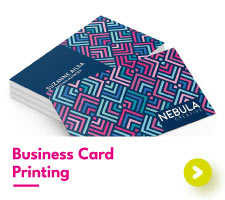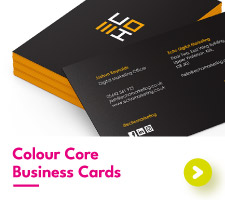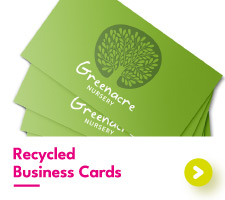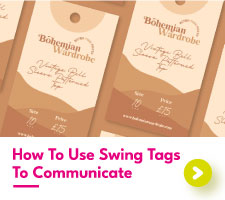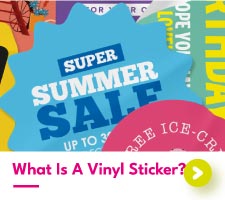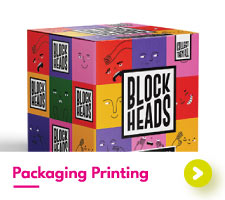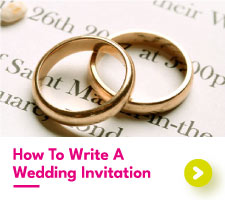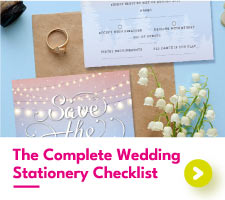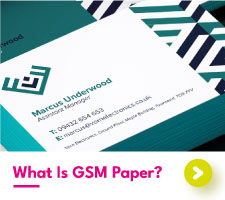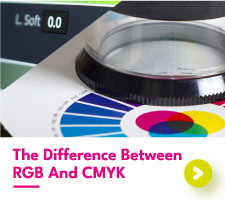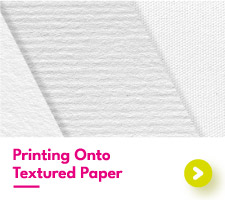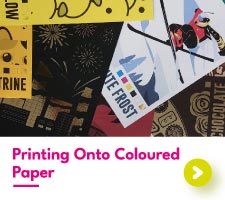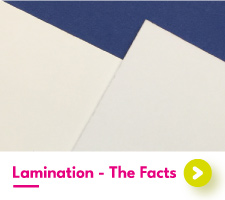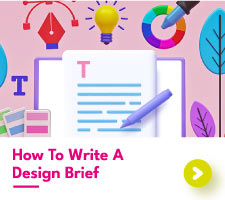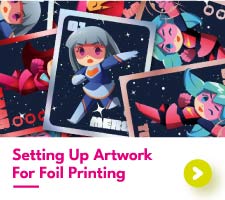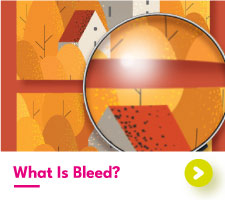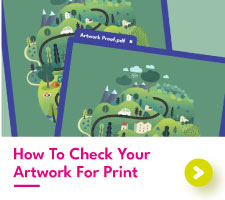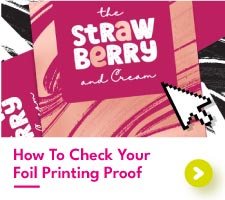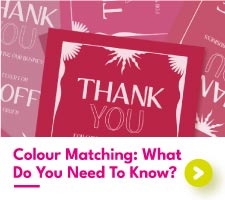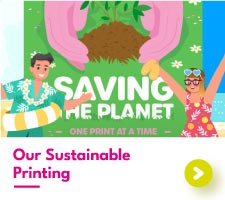The Best Material For Outdoor Banners
Choosing The Right Banner Material
Choosing the best material for outdoor banners is usually down to the application needs. Does it need to resist the wind? Does light need to pass through it? Before we compare Mesh and Vinyl banners, it is important to understand the two biggest factors for choosing the right material for your banner.
1 Will The Banner Be In A Windy Location?
The placement of your banner affects if the wind can get behind it or not. For example, a banner that is attached to a fence or railings will be exposed to the elements. When the wind blows the banner back and forth, it will strain the banner and hardware. The force from the wind can cause a tear in the fabric or loosen the ties and fixings. If however, you were fixing the banner to a wall, the wind might not be able to get behind it, so your choice of banner may differ.
Printing your signage on a PVC banner is the best bet for being able to withstand anything that mother nature throws at it. We have a range of PVC banners to choose from, including mesh versions. We also offer double sided banner printing. Read on to see the best material for windproof banners and how to stop them from coming loose.
2 Does Light Need To Pass Through The Banner?
Light is another factor to consider when choosing your banner material. Mesh banners are used where daylight needs to pass through the banner. For example, scaffolding banners often need the light to shine through so that the public or people on the scaffolding can see where they are walking.
Mesh is the best material for allowing light to shine through the material. Vinyl banners usually block the sun and create a shadow unless they are made from low quality material. But what is the difference between mesh and vinyl? Let’s take a look at these material types and their wind resistance.
Mesh Banner Vs Vinyl Banner
Both mesh and vinyl are simply types of PVC banners, also known as vinyl banners or polyvinyl chloride. They are sometimes called plastic banners in the trade, which can cause more ambiguity.
The difference between mesh and vinyl banners is that mesh banners are windproof. They have thousands of tiny holes in the structure so that the air easily passes through the material in windy conditions. This reduces the strain on the cable ties or fixings and makes the banner windproof.
Vinyl PVC Banner Printing
No matter if we’re printing a vinyl or mesh banner for you, we always use the highest quality materials and fade resistant inks. This is one of the things that makes our vinyl PVC banners weatherproof, scratch proof and long lasting. All of our banners contain polyester strands for added tensile strength and durability. Polyester also creates a smoother surface and it is more weather resistant than Polyethylene also known as scrim banners. You can choose your required size and style of hem on our customer banner printing product page.
Mesh Vinyl Banner Material
Mesh banner material was primarily created for use in windy weather conditions. It consists of hardwearing polyester and PVC. The tough mesh fabric is manufactured with lots of tiny holes in the structure. The holes allow wind and light to pass through the banner, even after it is coated with PVC and printed on.
The coating and material make the banner fully scratchproof and waterproof, making it ideal for areas that are prone to wind and harsh weather. This is especially true with large outdoor banners. Extra large vinyl banners have a larger area and therefore a greater wind load pushing against it. Therefore, they need the tiny mesh holes in them to let the wind go through the banner.
Outdoor Banner Wind Slits
Wind slits are a way to reduce the force of the wind on outdoor displays. It is usually used on material where there are no graphics or messages to display. We do not recommend this option for advertising messages because the slits detract from the graphics and wording.
Another disadvantage of this method is that it creates raw edges. Usually banners have a hem around the edge to protect them from taring or fraying. Wind slits create raw edges which will blow back and forth in the wind and maybe tear or fray.
Outdoor Banner Material Thickness
Choosing the right PVC banner thickness helps to make the most of your display and the longevity increases ROI. Contrary to what you may think, thicker banners are not always stronger. The table below shows the advantages of different weights to help you to choose which is the best PVC banner thickness depending on your use.
| Weight (grams per square metre) | Best Banner Uses |
| 440 |
For temporary event signs and celebrations 440gsm is a popular choice. The fabric is thin but still durable. It is best suited for displaying birthday wishes and graduation messages. Even though the material is thinner and slightly cheaper. It can still be reused. It is therefore a good choice for seasonal messages, such as summers sales or outdoor Christmas banners for church railings. |
| 510 |
As a rule 510gsm is suitable for most outdoor applications. It is thin enough and light enough to carry and install, while it is also thick enough to be durable for outdoor use. All our banners are reusable and fire retardant. Therefore, a 510gsm vinyl banner is suited to most signage needs that are not in windy conditions. |
| 320 Mesh | Mesh Banners are the best choice for windy weather. It allows the air to easily pass through the tiny holes in the material. |
| 700 PVC: Double Sided | This double sided banner material is thicker so that the sun does not shine through on a sunny day. It is only required to be this thick for double sided PVC banners. |
| 510 Backlit | Our backlit banners are popular for their clarity and vibrancy. Designed for use in lightboxes, the backlit effect is a good choice for drawing attention in crowded areas. |
The Best Windproof Banner Material
In conclusion, Vinyl mesh banners are the most windproof material, however, depending on your use, regular PVC banners can be just as effective. The most important thing is to look for high quality PVC and professional-grade solvent inks that are fade resistant and scratchproof. This ensures that your banner will withstand the harsh weather conditions. We also recommend rust-resistant metal eyelets to provide a secure fixing point. Luckily, all our banners are eyeletted with nickel plated eyelets for great longevity.
If you are unsure of what fixings to use for your installation, see our guide ‘How To Hang A Banner’.

 USA
USA FR
FR
